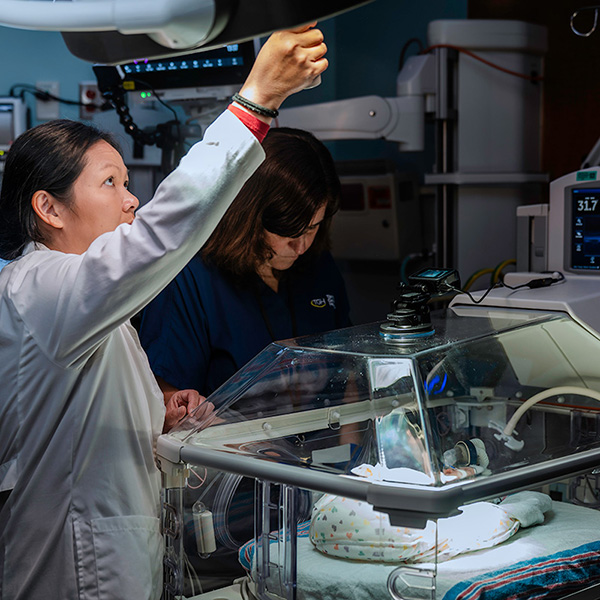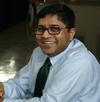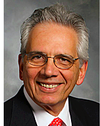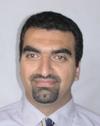

Research Terms
Computer Science Artificial Intelligence Computer Vision Robotics
Task-Oriented Grasp Planning Based on Disturbance Distribution; ISRR; ISRR; 2013
Grasp Planning Based on Grasp Strategy Extraction from Demonstration; IEEE/RSJ International Conference on Intelligent Robots and Systems; IEEE; 2014
Functional Analysis of Grasping Motion; IEEE/RSJ International Conference on Intelligent Robots and Systems; IEEE; 2013
Grasp Mapping Using Locality Preserving Projections and KNN Regression; IEEE Intl. Conference on Robotics and Automation; IEEE; 2013
Human-Object-Object-Interaction Affordance; Workshop in Robot Vision (WoRV)/Winter Vision Meeting ; IEEE; 2013
Five Most Important Trends in Robotics Research; Link: Hardware Partners @ Silicon Valley; Makerlink; 2015
Determining the Benefit of Human Input in Human-in-the-Loop Robotic Systems; IEEE ROMAN ; IEEE; 2013
Virtually Transparent Epidermal Imagery; NSF CPS PI Meeting; NSF; 2013
From Knowledge to Action-- Toward Robotic Cooking; ICRA Workshop on Sensor-Based Object Manipulation for Collaborative Assembly; International Conference on Robotics and Automation; 2017
Hand and Mind; Singularity University; 2016
Ideomotor Learning for Robotic Manipulation; Bay Area Robotics Symposium; Stanford University; 2016
Bring AI into Physical World through Robotic Hands; Google; 2016
Renaissance of Robotic Grasping; CCF Global Artificial Intelligence & Robotics Summit; Chinese Computing Foundation; 2016
Tasks in Robotic Grasping and Manipulation Competitions; IROS Workshop on Development of Benchmarking Protocols for Robot Manipulation; IROS; 2017
Center for Innovation, Technology, and Aging
| Director |
Yu Sun |
| Phone | |
| Website | https://www.usf.edu/engineering/cita/index.aspx |
| Mission | CITA is dedicated to transforming the landscape of care for individuals with AD/ADRD, and subsequently for other vulnerable older adults with disabilities such as Parkinson's disease and those recovering from stroke. To achieve this, we take a two-pronged approach that considers both patients and their caregivers. CITA aims to innovate and create technologies and solutions for extending safe stay at home and for receiving timely and high-quality care that is cost-effective and customized to meet the unique needs of ADRD individuals. In addition, we will design innovative technologies to enhance the capabilities of caregivers, significantly reducing their burden while supporting their wellbeing and work-life balance. Looming demographic changes and the growing incidence of Alzheimer’s Disease and Related Dementia (AD/ADRD) present a formidable challenge to the U.S. and global healthcare systems. By 2030, the U.S. Census Bureau projects that 21% of the U.S. population will be over 65, outnumbering children for the first time in history. Further, according to the United Nations, by 2050, half of the world's population will reside in countries where 20% of the population is over 65. This demographic shift heralds a significant increase in the ADRD prevalence, with current figures at approximately 55 million people worldwide, expected to rise to 153 million by 2050. In the United States, over 6.2 million aged 65 and older are currently living with ADRD, a number projected to surge by 47% to 13.8 million by 2060. CITA has a team of 35 affiliated professors from eight colleges across the three USF campuses: College of AI, cybersecurity and computing; College of Engineering; College of Behavioral and Community Sciences; College of Arts and Sciences; Morsani College of Medicine; College of Education; College of Nursing; College of Public Health. The Center is supported by a team of research coordinators and research assistants. We continue to look for more affiliated professors and collaborators. |





















University of South Florida 4202 E. Fowler Avenue Tampa, FL 33620

